Making lab-grown meat with a new 3D-printing strategy that combines fat and muscle cells to make the perfect, artificial steak.
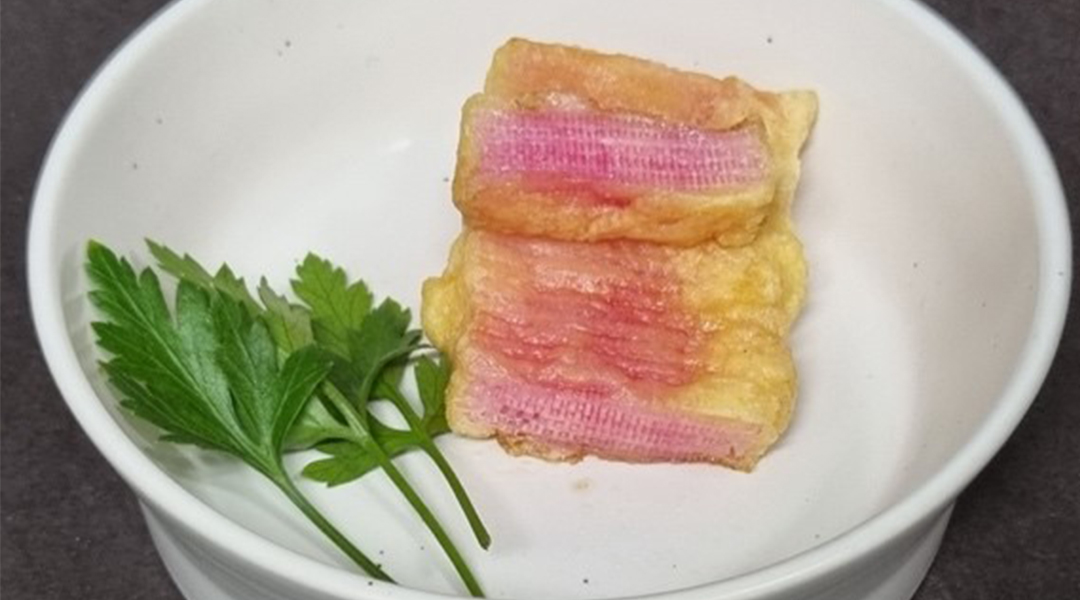

Making lab-grown meat with a new 3D-printing strategy that combines fat and muscle cells to make the perfect, artificial steak.
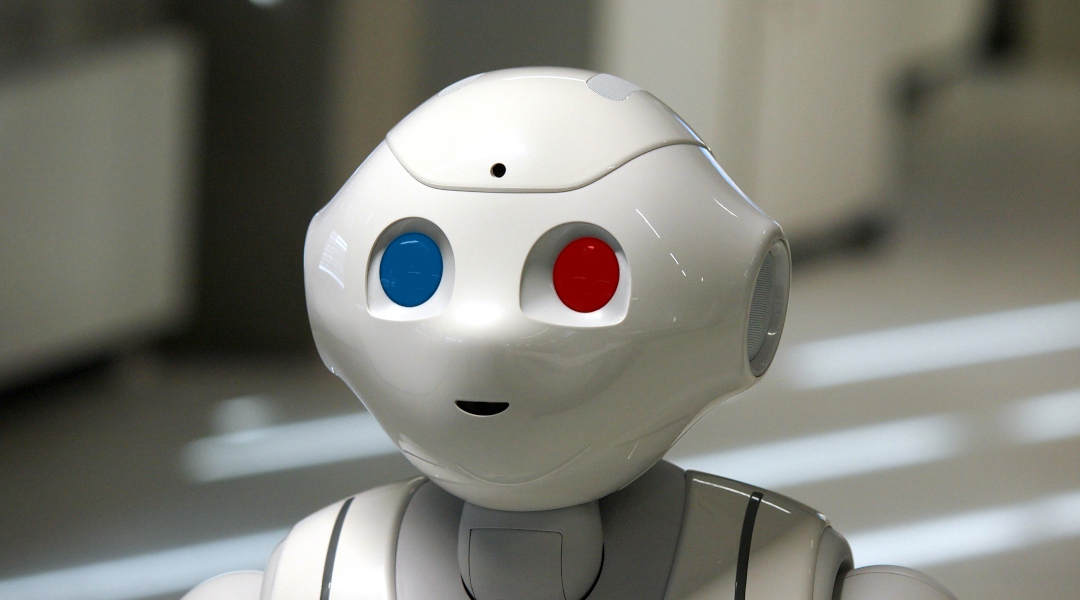
Fusing data from multiple moving cameras helps robots generate realistic 3D maps of their surroundings.
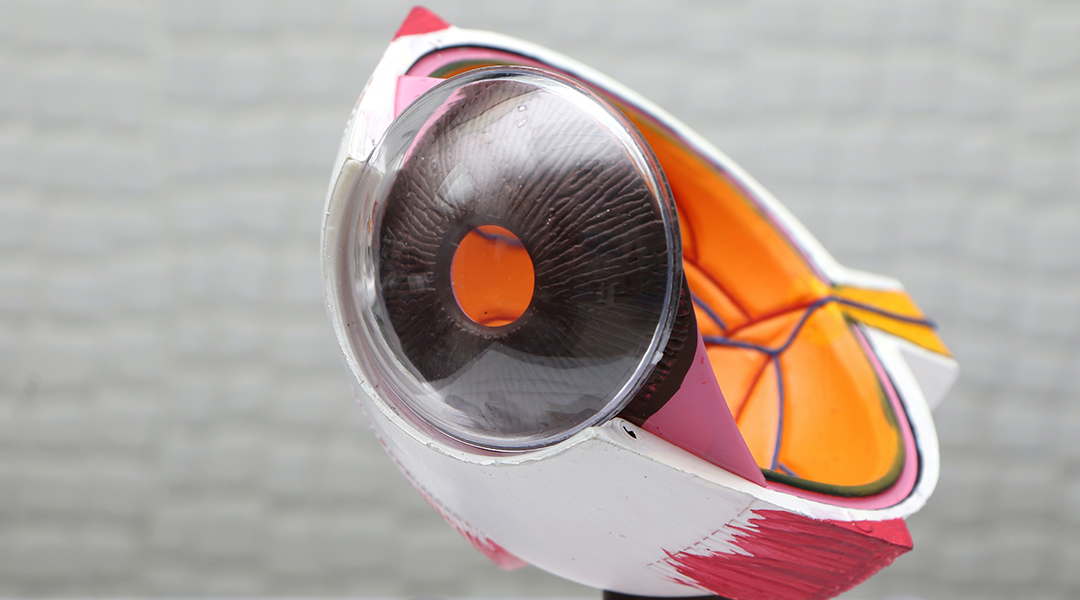
A tiny battery built into smart contact lenses produces its own power through eye blinking, relying on tears and oxygen to power its cells.
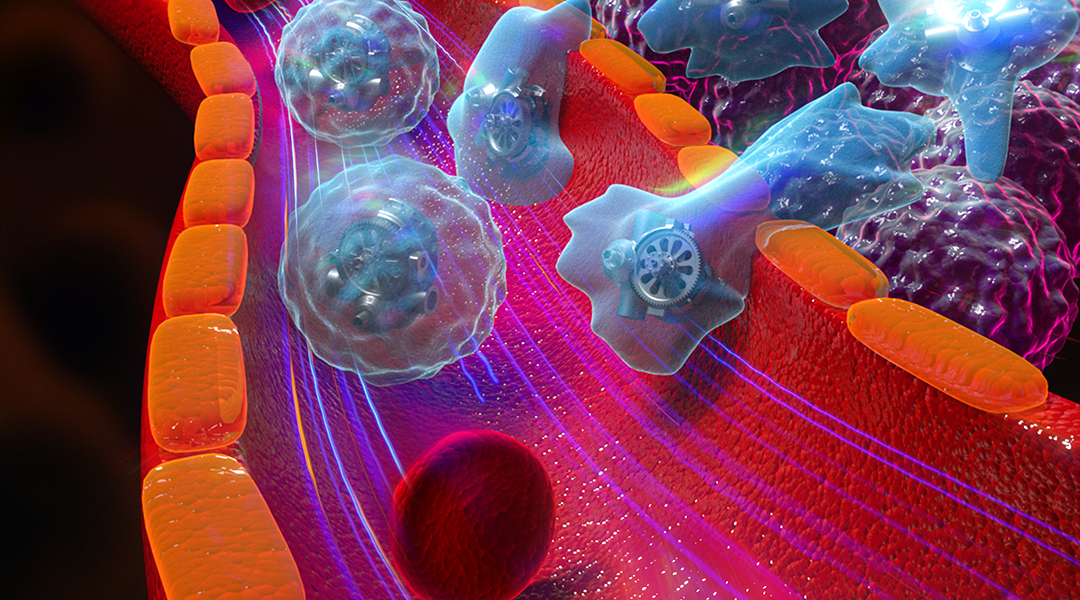
Swimming cellbots capable of autonomous motion and drug encapsulation can deliver their payload at desired sites.

Hydrogen fuel alternatives are expected to help combat climate change, but what are the impacts of hydrogen emissions?
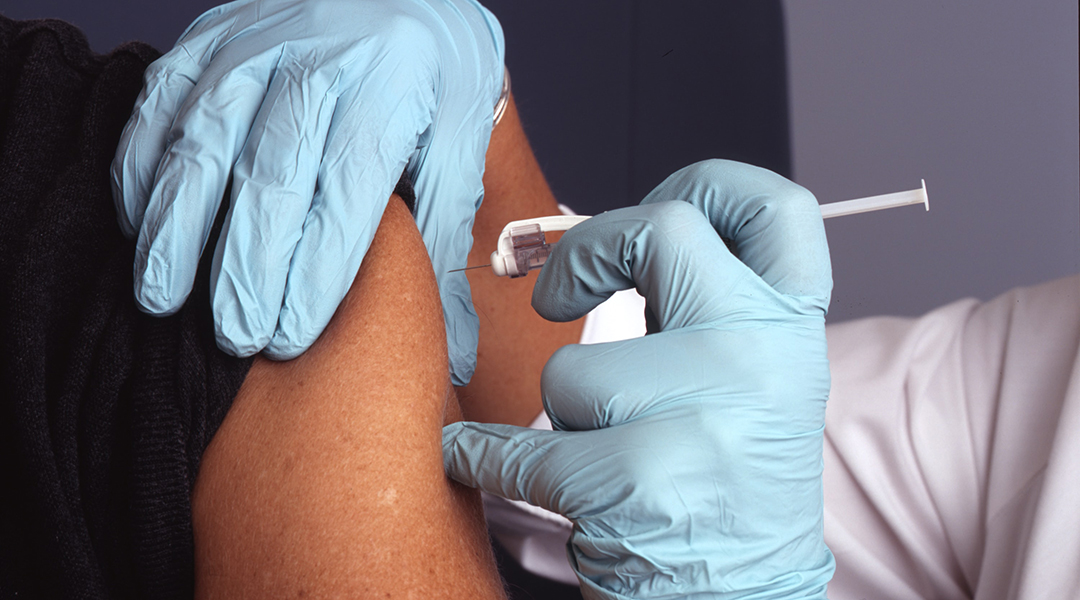
A rare type of antibody found in some individuals could help develop an HIV vaccine to target highly diverse viral strains.
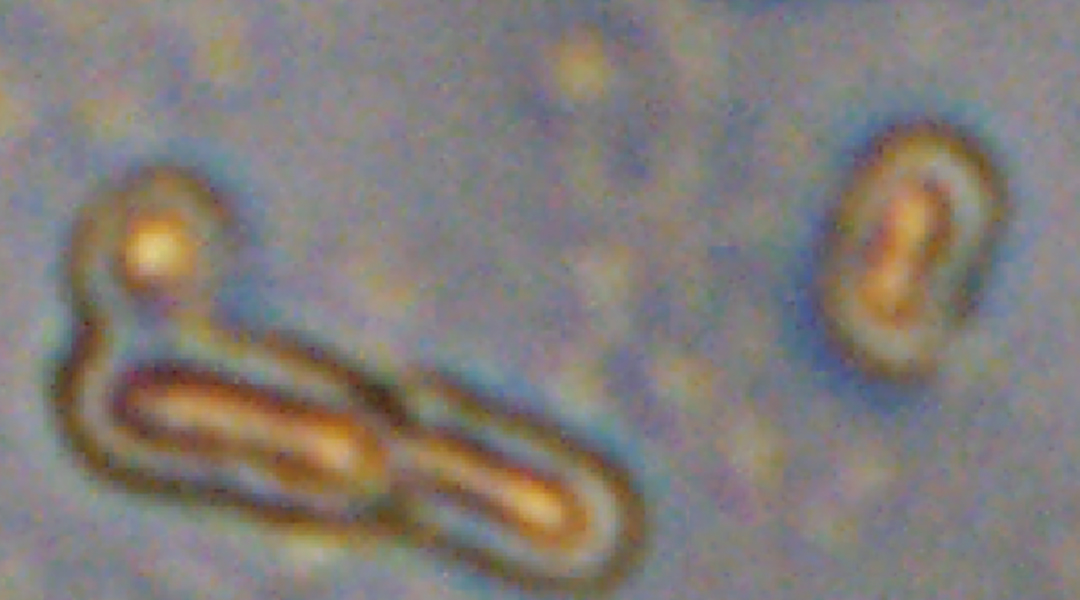
Implants containing cyanobacteria help produce oxygen within heart tissue to repair damage done after a heart attack.

Wouldn’t it be easier to watch a chemical reaction in realtime? NMR with integrated LED lights could make this more feasible.
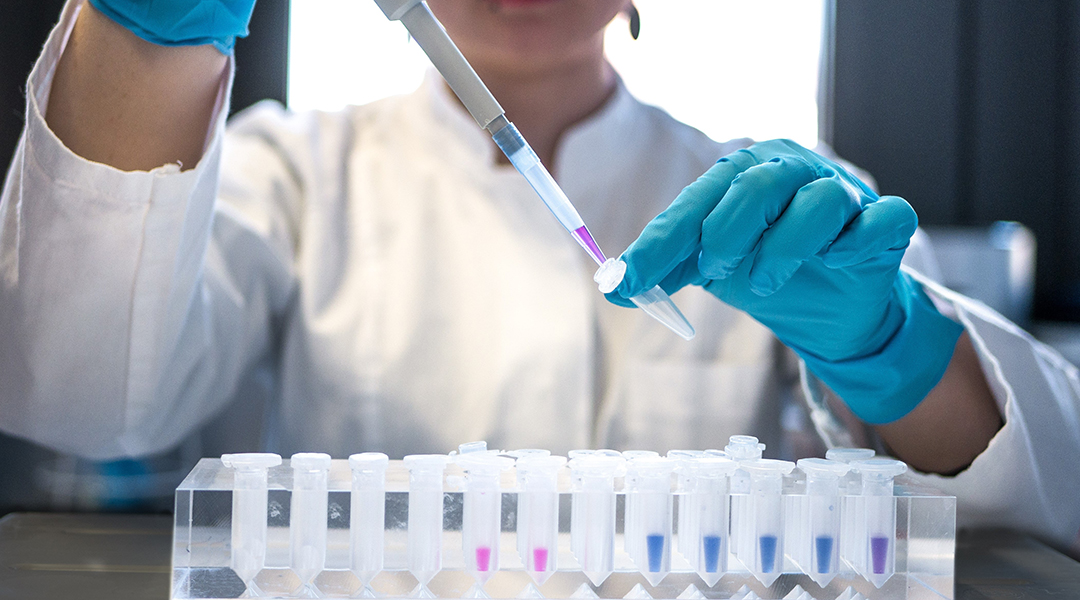
Clumping proteins act as vaccine adjuvants, activating immune signalling pathways triggered by cell stress.
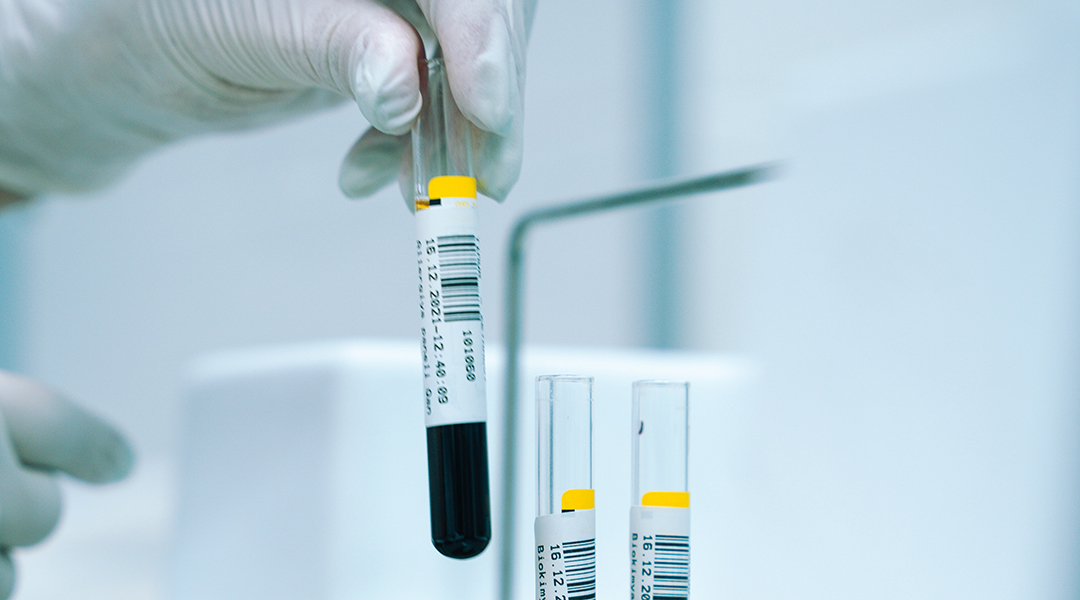
With more research, there is a potential for vaccines to have both adaptive and trained immunity to fight different diseases.